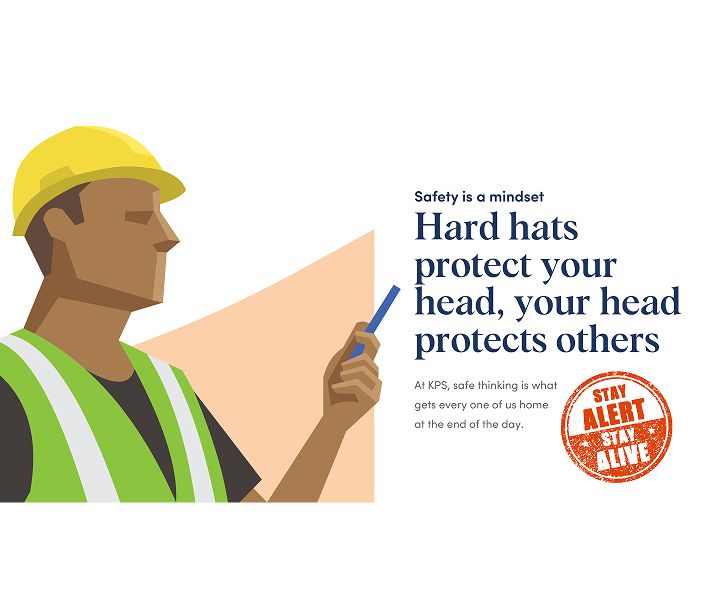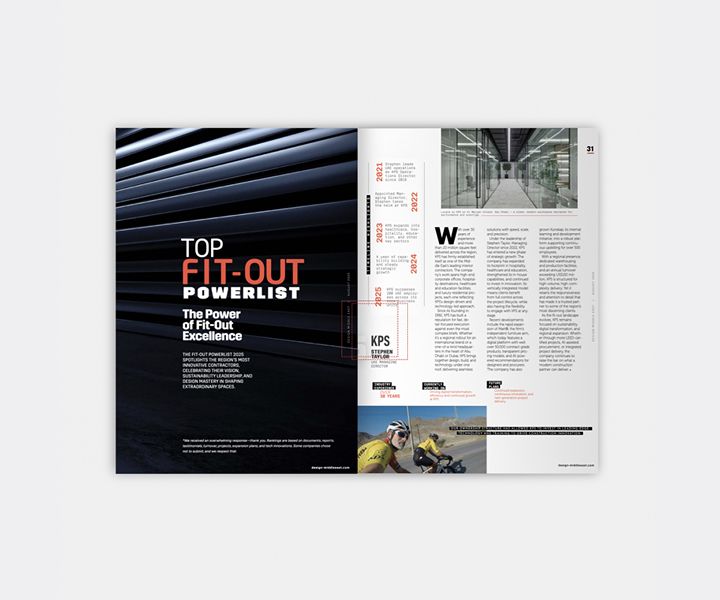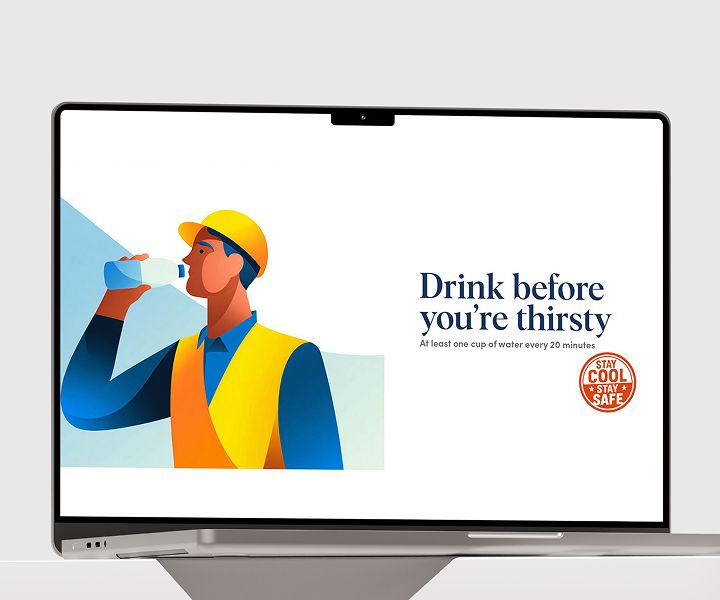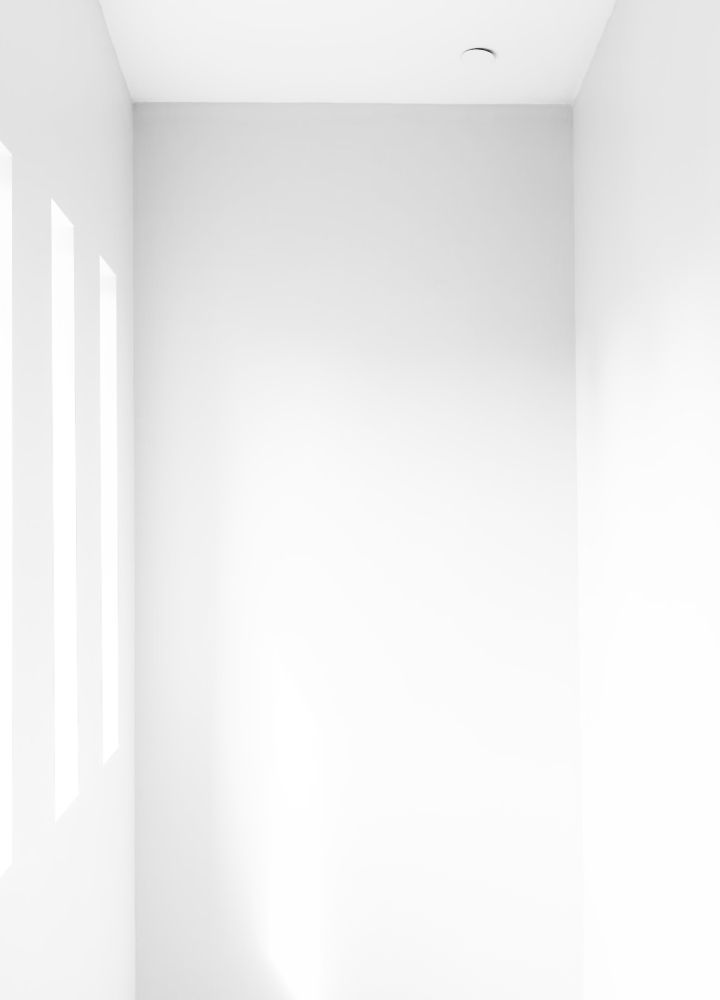Thoughts on the shape of the new normal...cutting the hot air out of HVAC

Introduction
In our series of ‘thoughts on the shape of the new normal’, today we tackle heating, ventilation and air-conditioning (HVAC).
As our clients start to think about getting back to the office, we’ve been asked for advice on HVAC systems, particularly in relation to the spread of COVID-19.
Our in-house HVAC specialists have put together a document on our latest recommendations, based on current understanding, as what we know about the virus and its behaviour changes often.
The following document summarises our advice on the operation and use of HVAC in COVID-19 environments, in order to help prevent the spread of the virus using temporary, easy-to-achieve measures.
Understanding transmission
The transmission of COVID-19 is currently understood to be via large droplets (particles emitted when sneezing or coughing) and via surface contact (hand-hand, hand-surface).
When large droplets are released they are thought to reach up to 2m from the infected person. Most of the large droplets will fall on nearby surfaces. People could become infected by touching these contaminated surfaces and then touching their eyes, nose or mouth. If people are standing within 2m of an infected person, they can catch it directly by breathing in droplets sneezed, or coughed out or exhaled by them.
Furthermore, smaller particles, generated by sneezing, coughing or talking, can stay airborne for hours and transported long distances. The movement of these particles is an important factor in our HVAC advice — as clearly keeping 2m distance from infected persons is not enough.
Studies so far show that COVID-19 virus particles remain active for up to three hours in indoor air and two to three hours on room surfaces.
Increasing outdoor air and exhaust ventilation
The following list outlines our advice to building occupiers with regard to operation of HVAC systems:
- Extend your operational hours: We recommend you start ventilation at nominal speeds at least two hours before the first occupant arrives and at least two hours after the last occupant leaves. This helps purge virus particles from air and surfaces.
- Continual ventilation: Even if your building is fully vacated, we recommend you keep the system running 24/7 at a reduced speed to ensure air continually moves throughout the space.
- Increase outside air: If you have a system that recirculates air, increase the outside air to 100% of the supply air. Disable demand controlled ventilation. You want to see as much outside air as possible in the building.
- Extract: Toilet/kitchen extract ventilation systems should be run 24/7 and make sure that under-pressure is created.
- Open the windows: If you don’t have a mechanical ventilation system, your windows are the only way to create air movement, again ensure windows are open 24/7 (if safe and secure) and at least two hours before and after occupation.
Humidification myths
There are lots of studies on how relative humidity and temperature contribute to virus transmission in buildings. According to some studies, we’ve successfully seen virus transmission controlled by changes in temperature and humidity.
Sadly, everything we know about COVID-19 right now is that it is resistant to subtle environmental changes and really only starts to suffer above 30oc or above 80% relative humidity, which doesn’t work internally. Interestingly, initial studies show COVID-19 is stable at 4oc for 14 days, 37oc for one day and 30 minutes at 56oc.
As long as the environmental condition is maintained at about 20-30% relative humidity (below this, nasal membranes are more sensitive to infections), based on the current evidence, humidification is not a method to reduce the viability of COVID-19.
Recirculation systems
In this section we’ve tried to cover all forms of recirculation questions you may have, as the topic is quite broad.
- We recommend that all recirculation dampers are closed during COVID-19 outbreaks (this may create issues with cooling/heating capacity, but safety is greater than thermal comfort).
- Fan coils/induction units should be switched off if possible to avoid resuspension of the virus particles at room level. If they cannot be switched off, then sure their fans are operated continuously at nominal speed when occupied (two hours before and after) and reduced speed during vacancy.
- Unless you have HEPA filters on your air handling unit return air section, they won’t help with virus filtering. The same is true for coarse particle filters on fan coil units.
Heat recovery systems
It is not unreasonable to assume that heat recovery devices could carry virus particles over from extract to supply air side via leakage - due to bad design, installation and maintenance.
We know that a properly constructed, installed and maintained system will have almost zero transfer of particle bound pollutants.
We also know that the leakage rate does not depend on the rotation speed of the rotor, and in fact carry-over leakage is highest at low airflow, thus higher ventilation rates are recommended.
So, we recommend a quick inspection of the heat recovery systems, including a pressure difference measurement to ensure leakage is under control and then appropriate action taken:
- Operate as usual
- Bypass altogether
- Correct pressure differences with dampers
Should I change my outdoor air filters?
We’ve been asked by several clients about filters. We recommend your normal maintenance procedures should be followed.
Most systems are equipped with fine outdoor air filters and in the rare cases of virus contaminated outside air (intake locations help with this), standard fine outdoor air filters should provide reasonable protection for a low concentration of virus.
Clogged filters are not a contamination source, but they do have an effect on system performance and therefore supply airflow, which will have an effect on indoor contamination levels.
So in summary, it isn’t necessary to change them now and just follow your normal changing procedures. Note, maintenance personnel should be careful when changing filters as they may have microbiological material on them — change filters when the system is off, while wearing gloves, with respiratory protection and dispose of them in a sealed bag.
What about cleaning my ducts?
If our advice is followed, the ventilation system is not a contamination source. Viruses attached to small particle matter will not deposit easily in the ducts and will normally be carried by air flow. Therefore, no changes are needed to normal duct cleaning processes. It is much more important to increase fresh air supply.
What can KPS do for me?
Come and talk to us about being operationally ready for your employees to come back to work. We are happy to provide advice on easy wins and also design and deliver long-term solutions to provide a safe and healthy environment for you and your employees.
Look out for the next instalment of ‘thoughts on the new normal’.








